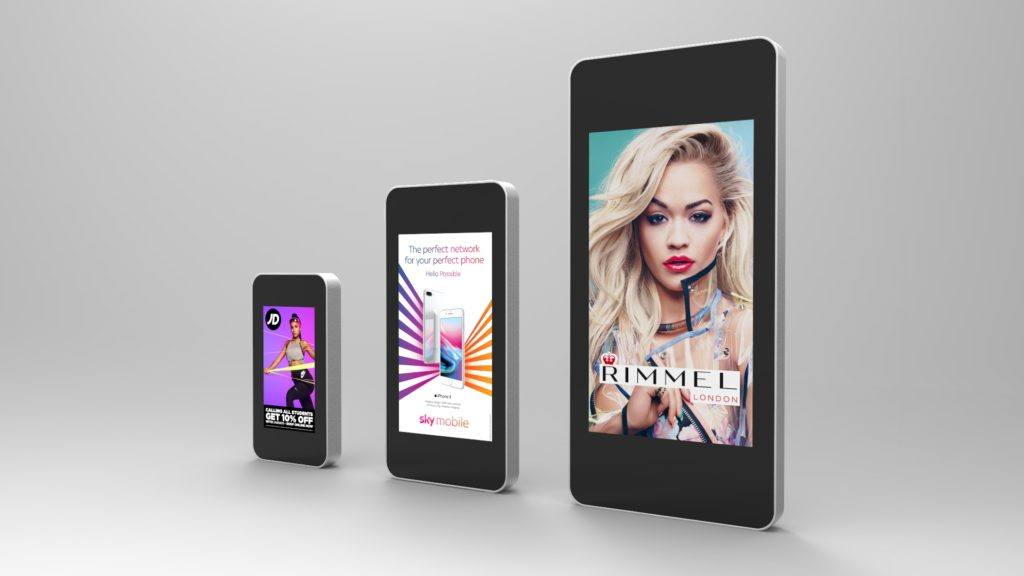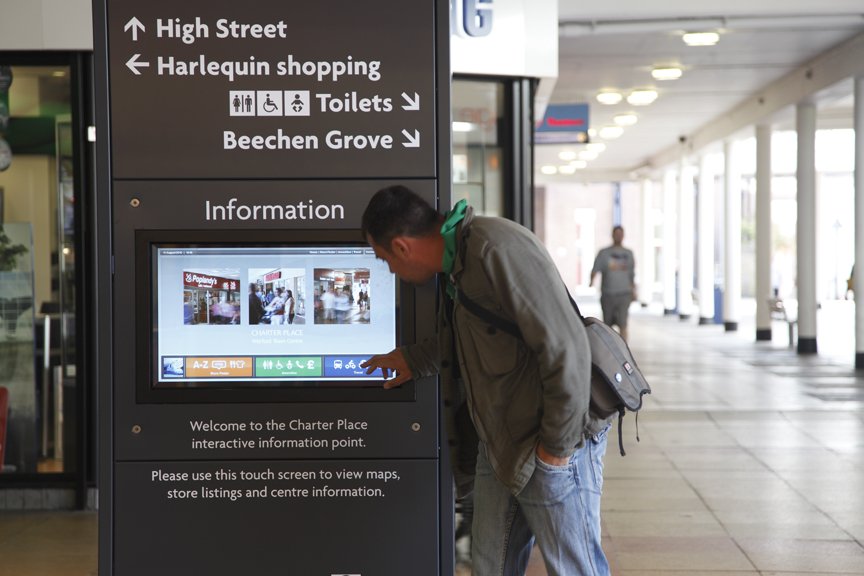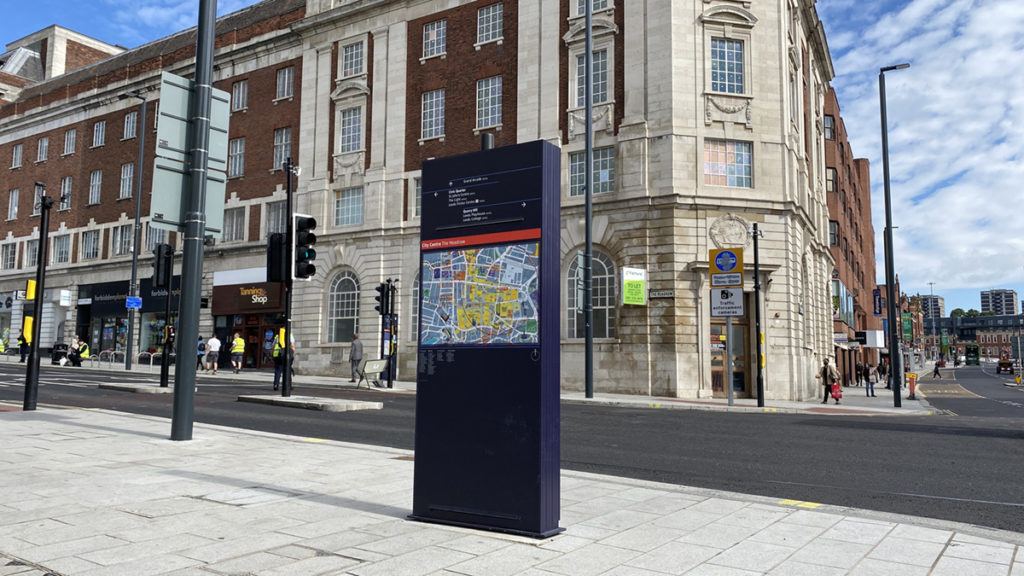Beginners Guide to Digital Signage
8 October 2021 5 min read
Digital signage is all around us you probably know more about them than you think and you have likely engaged with it in the past week. We’ve all found gate information at the airport, ordered food in fast-food restaurants, bought cinema tickets, used check-in kiosks at hotels and that’s all thanks to digital signage.
Digital signage is a category of signage which uses technologies such as LCD, LED and Projection to Display content, such as digital images, video, streaming media, and information that educate, engage, and inform nearby viewers.
Digital Signage takes a screen and uses it intelligently. In short, they’re a smarter way to communicate with the audience that’s physically in your business.
They can be used across a variety of customer touchpoints, and its applications are almost endless. A business can design and modify them to meet their unique needs.
Here are the top stats we’ve collected on why Digital Signage is such an important marketing tool for businesses today.
At its core, Digital Signage is effective because, if properly managed, it plays relevant and engaging content that helps audiences understand how a certain product or service makes their life better. The benefits of this type of signage are also vast and varied.
If you’ve got a clear understanding of the intent and the resources required to make your network a successful one, it’s time to get some digital displays and get your feet wet. If you don’t, it’s far better to take a step back and think it through instead of falling into the trap that many people do: buying digital displays, hanging them up and spend months trying to figure out what to do with them.
Whatever your business, different parts play different roles. Someone in the waiting room should be exposed to different messaging than someone who is at the counter. That’s where the different types of Digital Signage come in. Let’s look at them now.
This type plays full-screen messaging to present the viewer with a clear message. It can stay static on a single message (such as a daily special or weekend sale) or rotate through multiple messages. But the objective is clear – to get the consumer to view and digest or take action on a single message at a time.
These are typically placed by the entrance to a business and used to greet customers or show the queue. Like other types, they can also be split up into multiple zones so that while customers can see their name and appointment time, they can also see select messaging.

Finally, there are interactive screens. Typically, the most expensive to implement, these let customers interact to find the specific information they’re looking for, whether it’s a wayfinding map in a mall or lobby, or a product information kiosk in a retail environment.
With interactive digital signage, customers don’t just watch the screen; they engage with it. The sign acts as a customer touchpoint and allows visitors to choose options, enter information, and control content.

While static maps don’t offer customization or real-time updates, digital wayfinding boards provide custom directions for visitors and offer business owners the ability to revise and alter information at any time.

The elements needed to create a digital sign can be put in two categories.
Contact isGroup – we’d love to talk with you about how we can help and how our products can play a role in growing your business and communicating with your customers.
Women In Signage This March we celebrate International Women’s Day and take immense pride in shining a spotlight on the remarkable women who contribute their passion, expertise, and vision to...
Read articleGlade of Light Memorial, Manchester isGroup Signs had the honour of working with Galliford Try Civil Engineering And Construction to provide Wayfinding signage for Manchester City Council for the Glade...
Read articleisGroup’s 40th Anniversary At our 40th year anniversary celebrations we also marked the occasion by presenting two long service awards. Our Senior Design Technician Robin Hendy celebrated 20 years’ service...
Read article